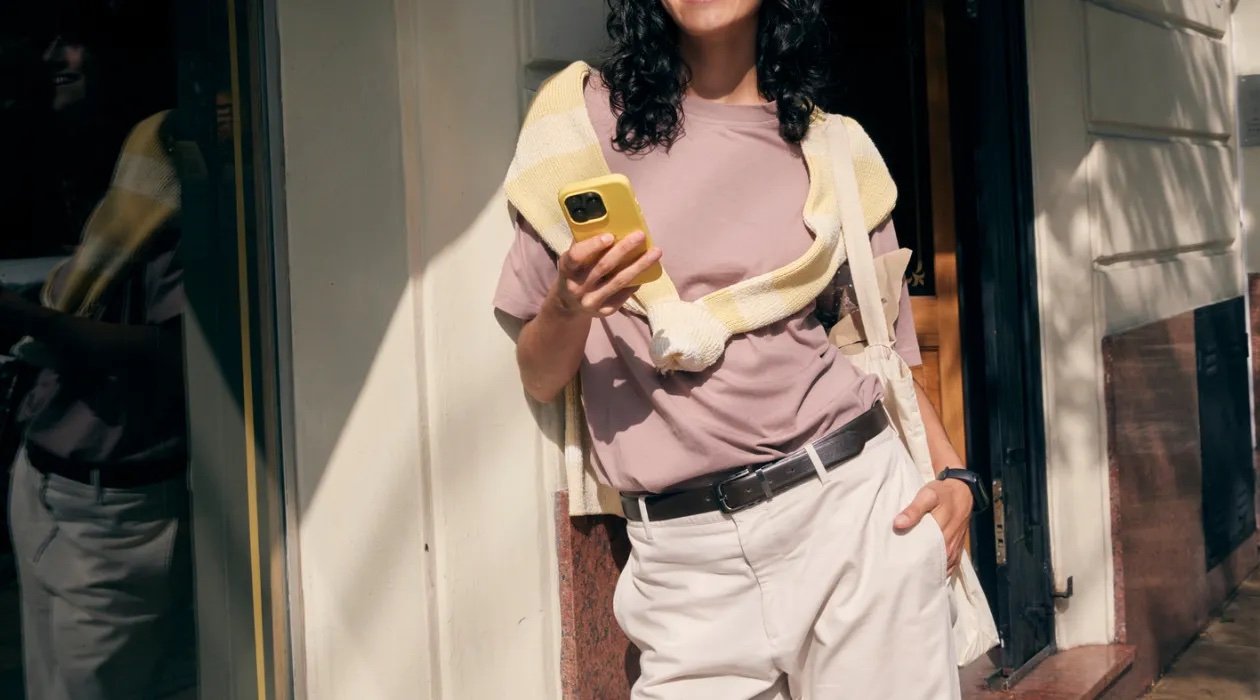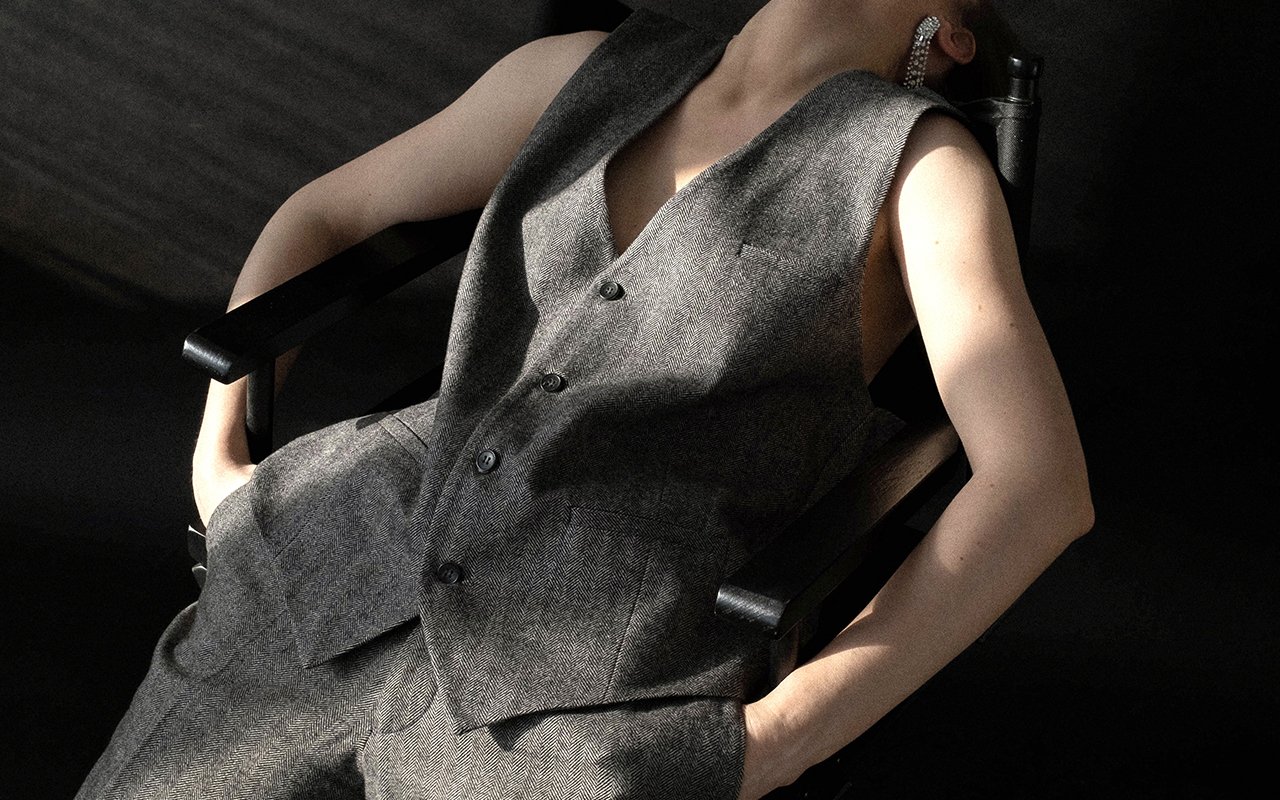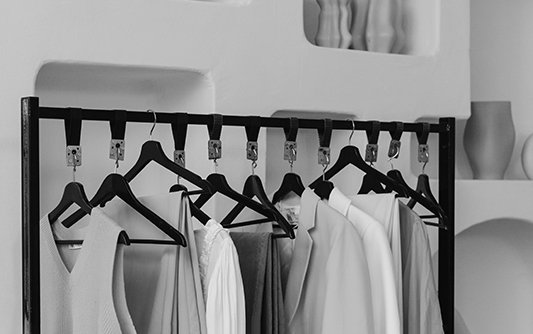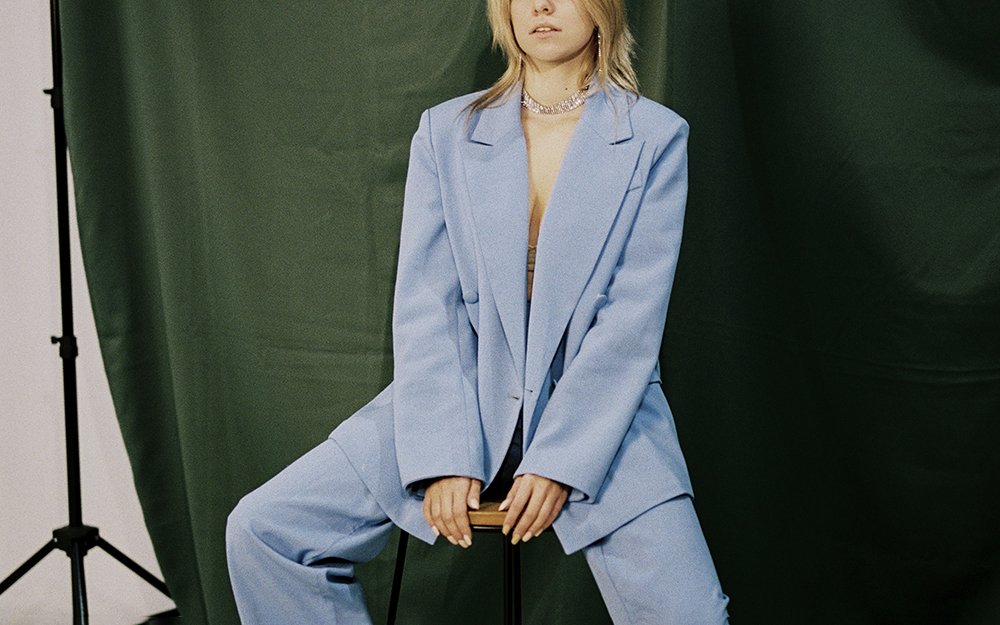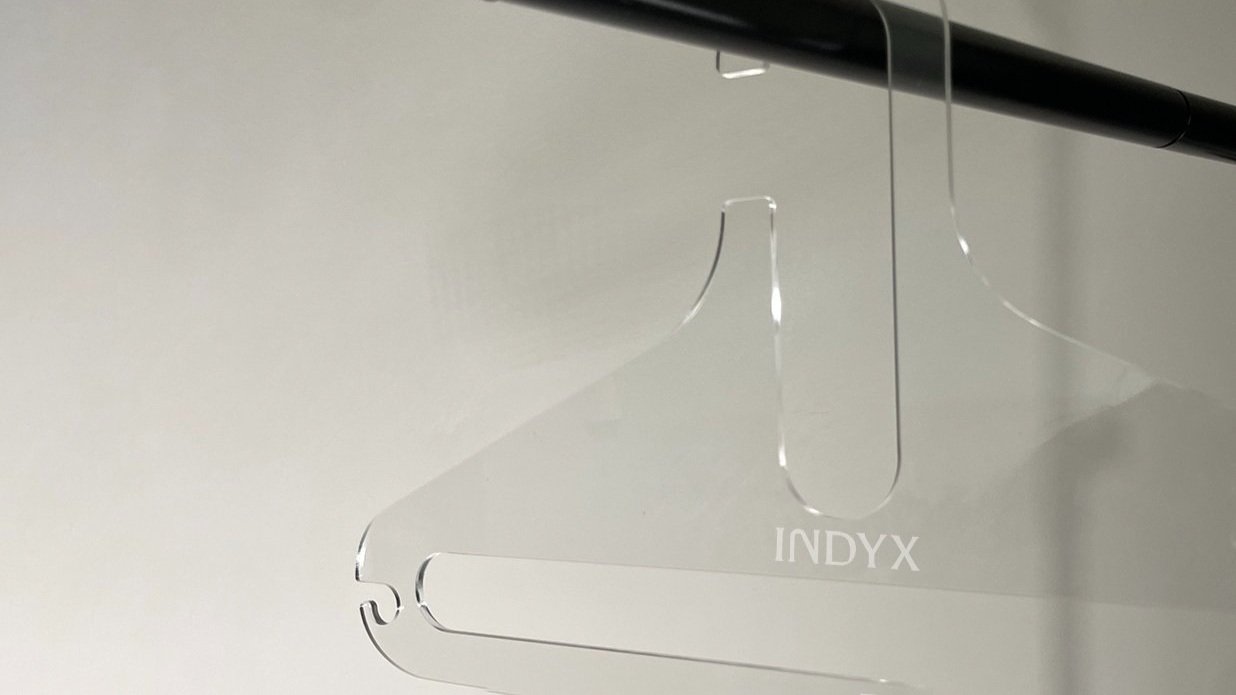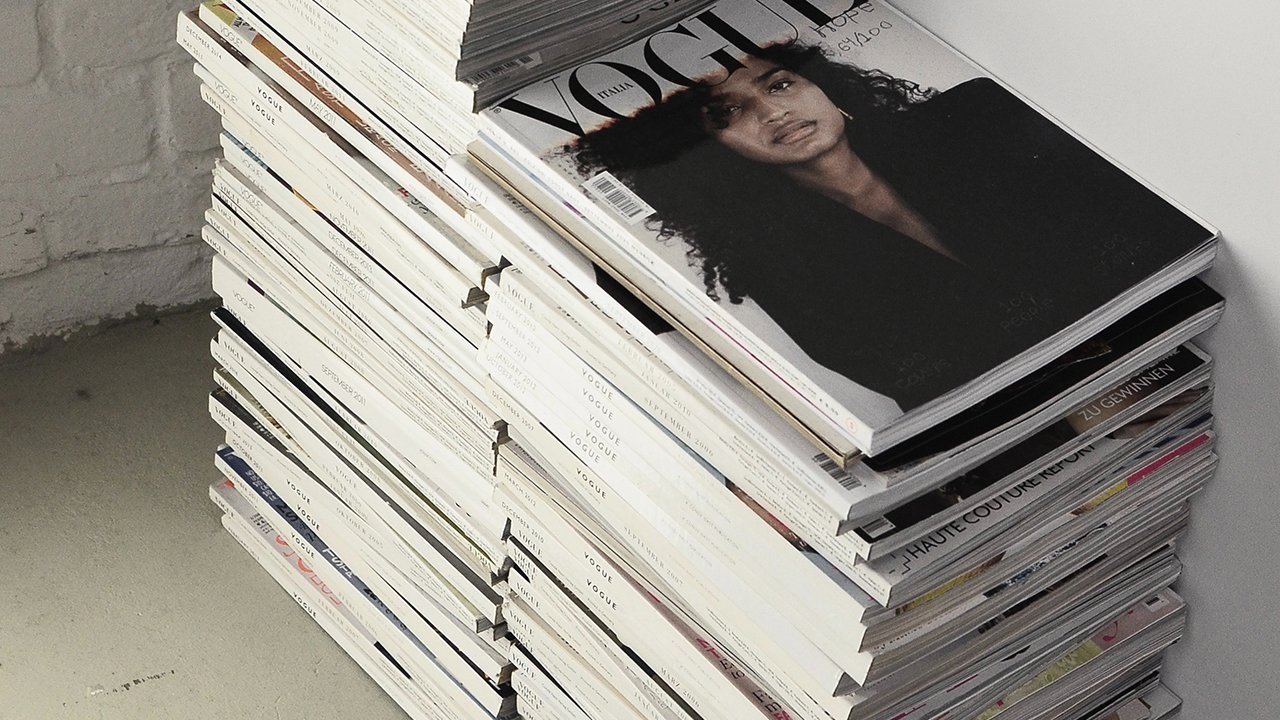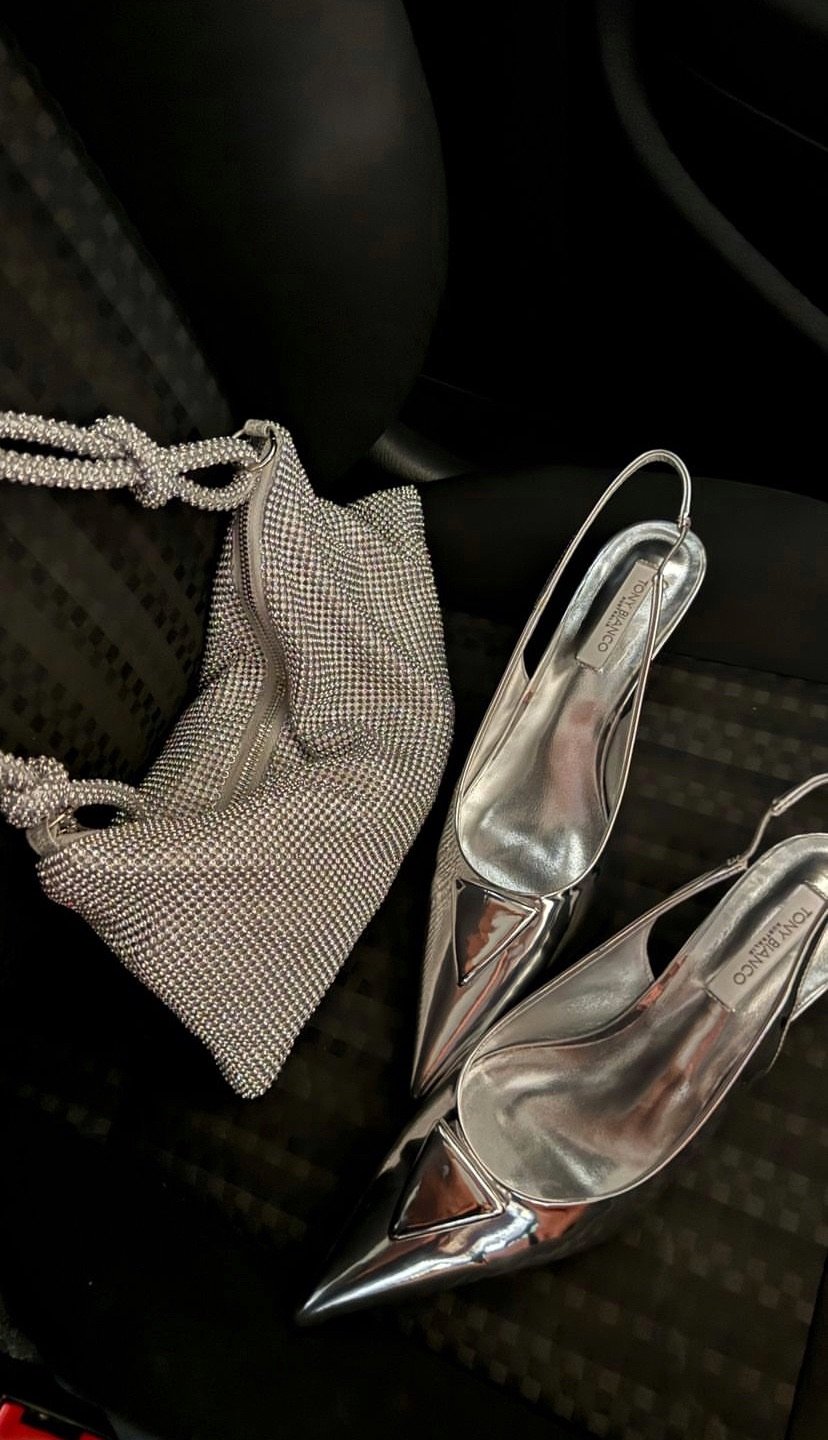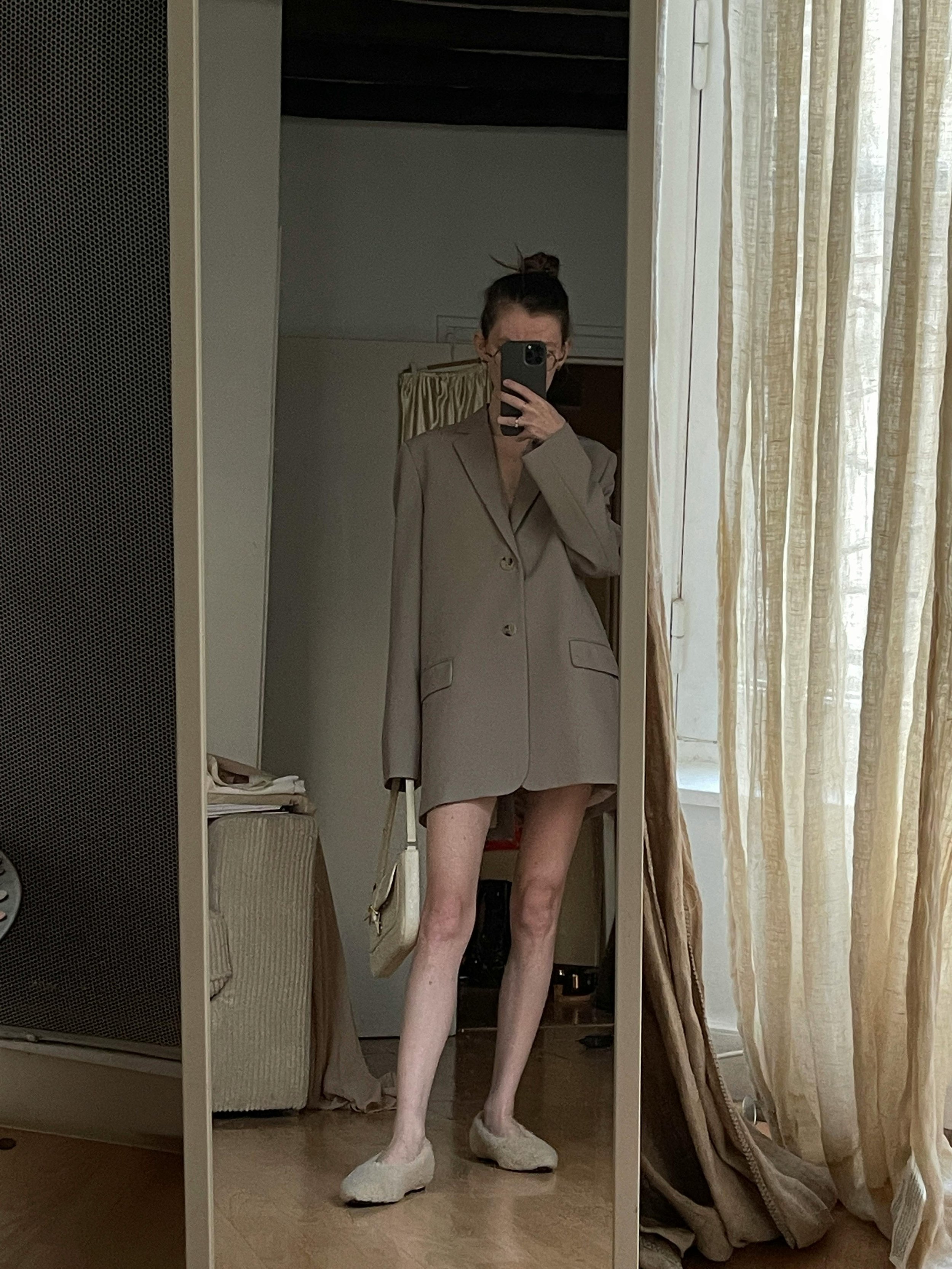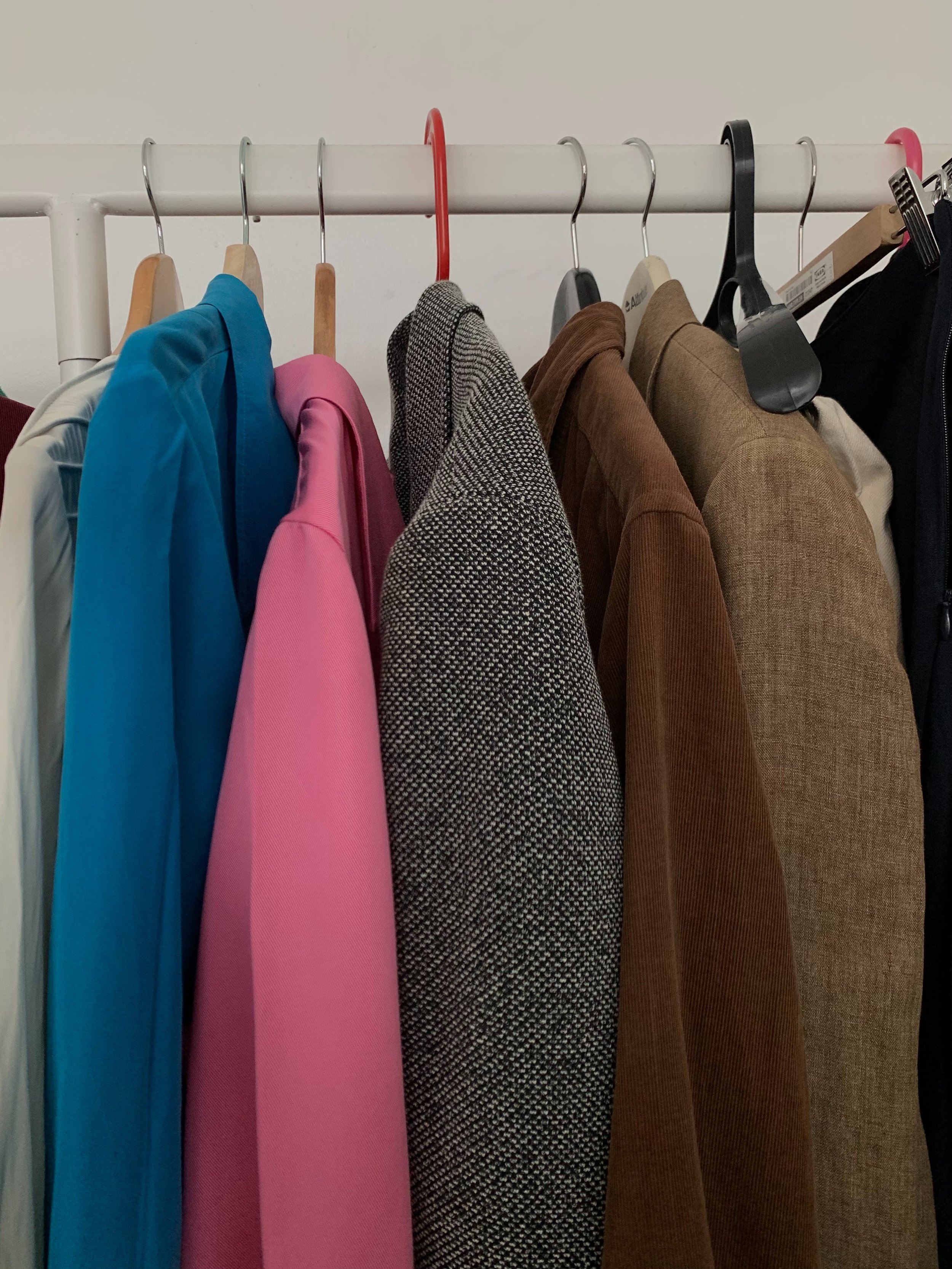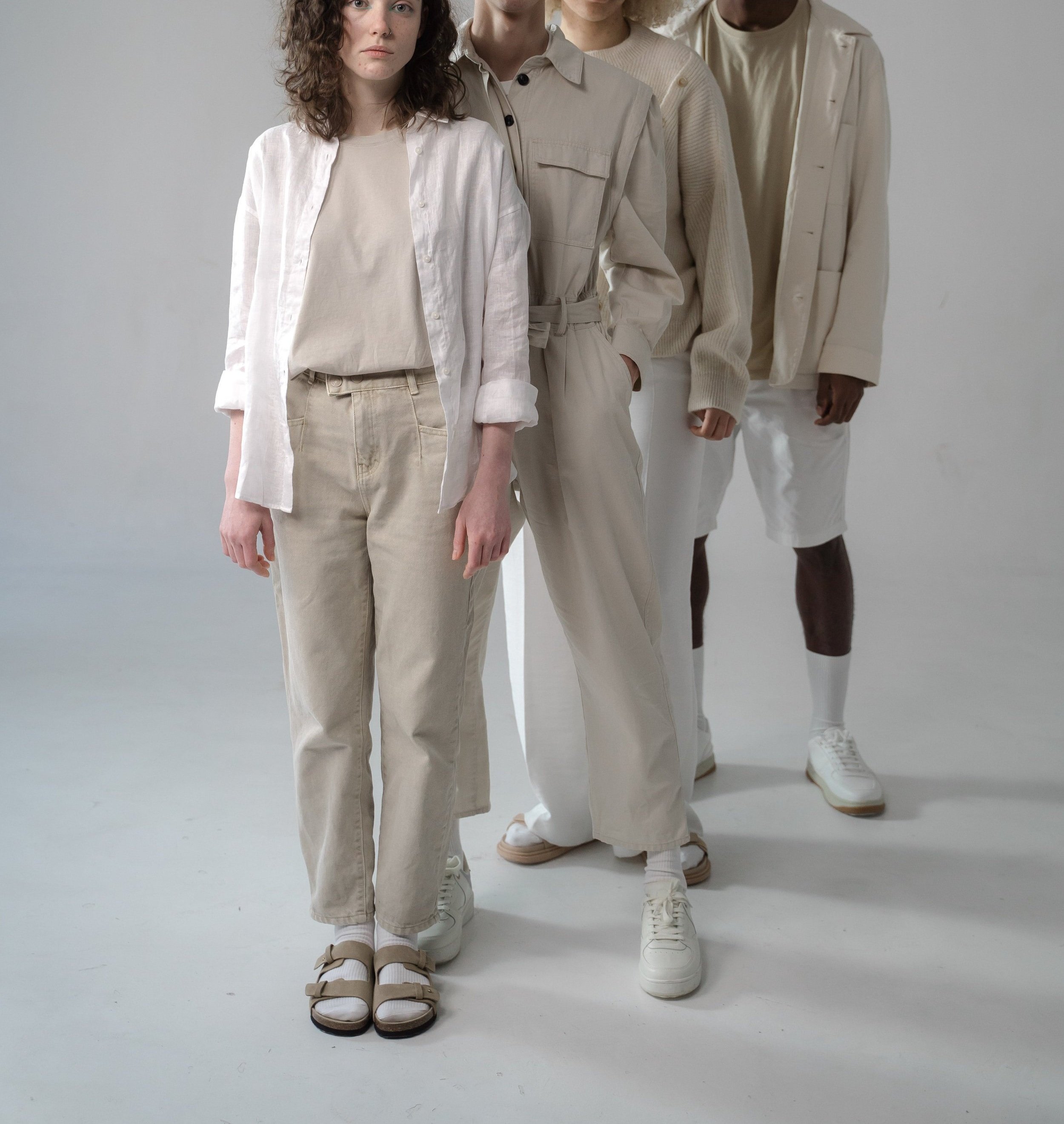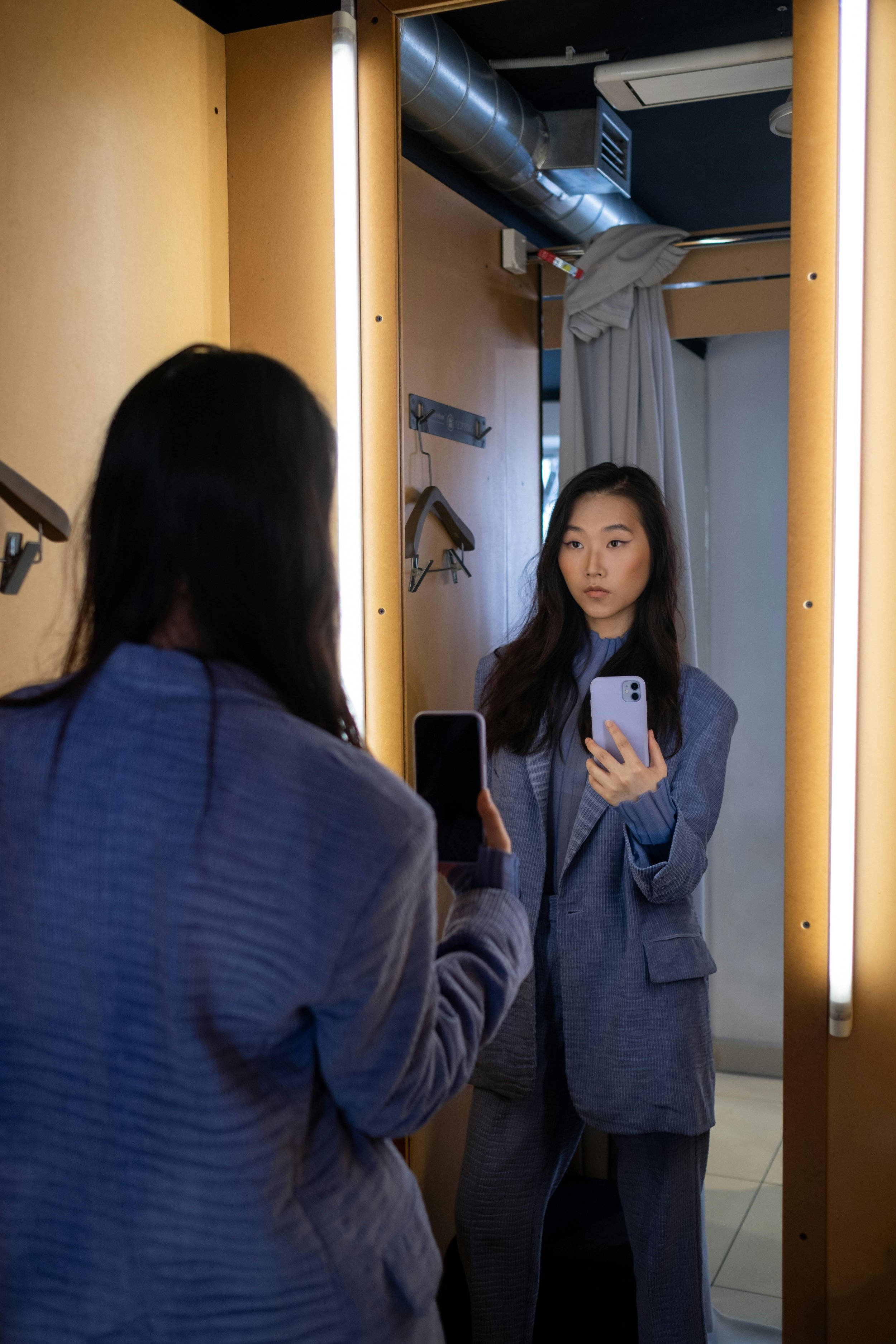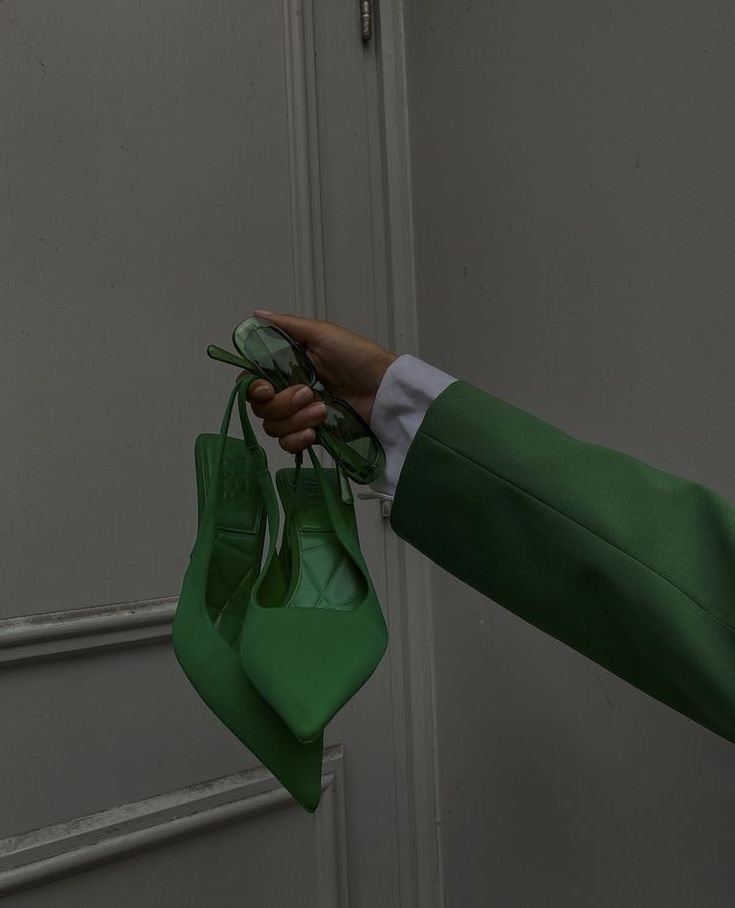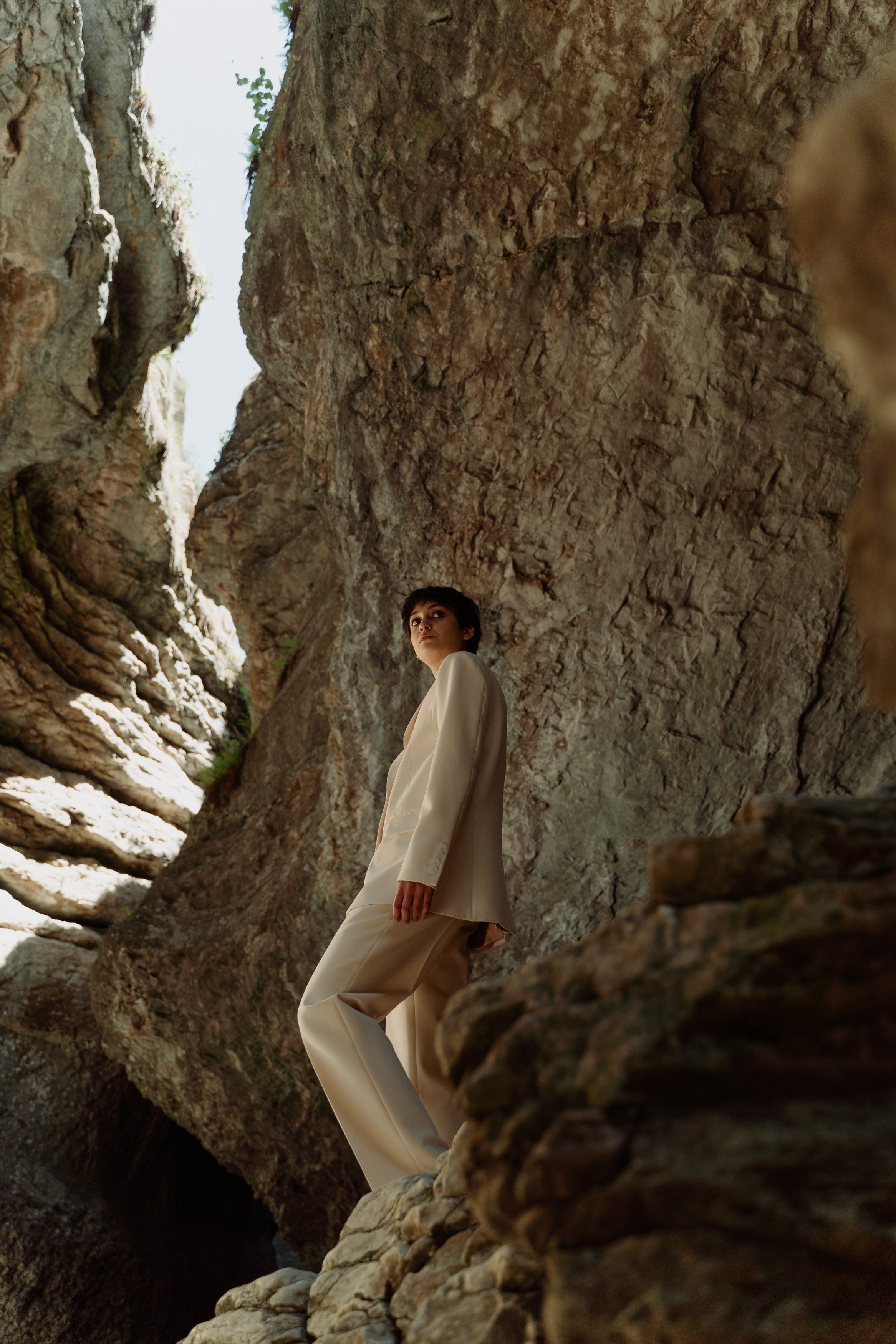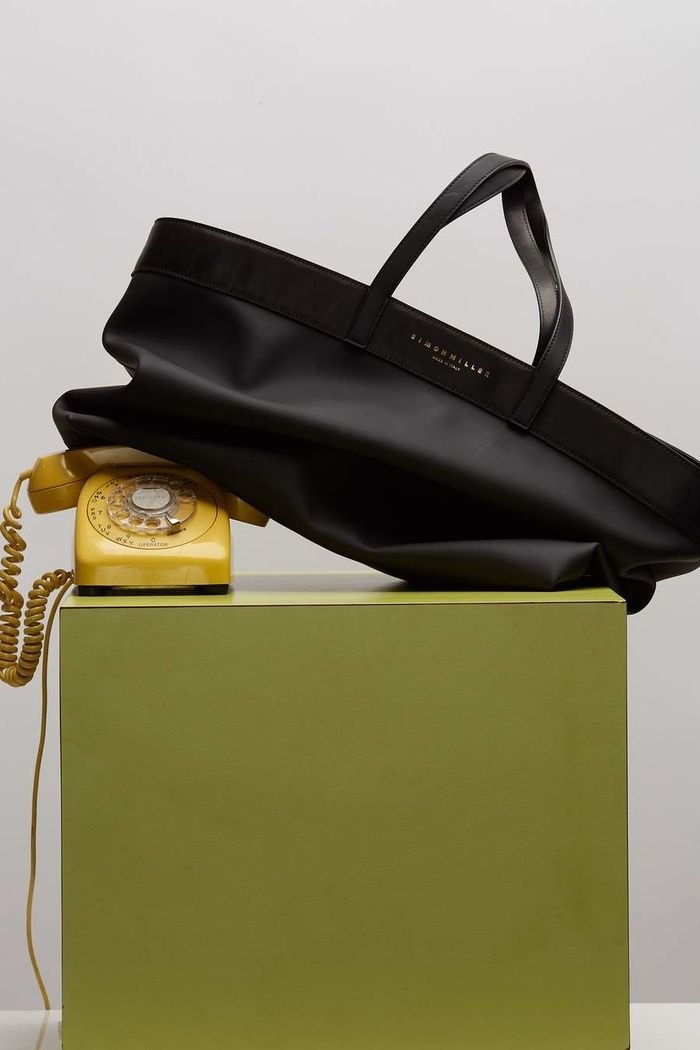Why Resale Is the Secret to Achieving Your Dream Wardrobe
We’ve all heard by now that resale is a much more sustainable option to shopping new. Because the majority of an item’s environmental footprint is made in its production & eventual disposal, buying an item secondhand rather than new reduces its overall impact by 82%. But to be honest, sustainability on its own isn’t enough for most of us to change our ingrained habits.
I’ll make a confession: up until about a year ago, I had not seriously bought or sold anything secondhand. It was only my career that kept persistently bringing resale to the forefront: in 2021 I found myself as the lead for Cuyana’s resale marketplace, and 2022 brought me to Indyx. Both roles forced me to dip my toes into resale for the first time, but I never anticipated the larger impact doing so would have on my wardrobe and frankly, my life! Resale has fundamentally changed my relationship with my wardrobe, making my process of closet curation more flexible, creative, and fulfilling.
I realized that resale was actually this incredible secret. The industry has been so focused on touting the sustainability benefits of resale, that we’ve collectively missed the most compelling story of all: how it can be an incredible tool in building your dream wardrobe. The wardrobe of highly curated, sumptuous pieces from high-end brands that mix-and-match effortlessly. The wardrobe that you open, and every single item sparks joy. The wardrobe that makes getting dressed in the morning…fun!
Sounds too good to be true? We’re here to let you in on the secret on what resale can do for you.
You can stretch your budget up to higher-end brands
For many people, “secondhand” can conjure a mental image of their local Goodwill filled with visibly beat up items imbued with that classic ‘thrift store’ scent. But today’s online secondhand landscape is much different. Remember: since an item is worn on average only 7 times before being discarded, most things you’ll find on resale sites are in really great condition. You can easily find new-with-tag items for 10-20% off retail, and used items in good to excellent condition for 40-50% or more off retail. It’s like shopping a huge end-of-season sale that’s on all the time.
You can certainly take advantage of this to buy items from brands that you already shop new at a big discount. However, I find it is much more fun to use this ‘resale discount’ to stretch up into the next tier of brands that you find too painful on your wallet to shop new. For example, if you usually shop J. Crew and Zara new, you can shop Staud and Ganni secondhand. If you usually shop Staud and Ganni new, you can shop Toteme and Celine secondhand - and so on.
Say you’re looking for a pair of leather loafers, and you’d like to spend around $200. You could buy a new pair in this price range from a brand like Sam Edelman or Marc Fisher. Or, you could land a pair of Stuart Weitzman loafers that retail for $500 for around $200 secondhand. There certainly isn’t anything wrong with the new $200 options. But for the same price, I find the style, quality, and often comfort of the higher-end secondhand option so much more appealing. Not only will you enjoy them more, but the higher quality materials and construction means that they’ll likely last you longer - and retain better resale value if you ever decide to pass them along.
Shopping this way enables you to build the dream closet that you could never afford new. It may take a bit more effort than simply walking into a shop and picking out whatever is on the shelf, but with a little planning and a few strategic saved searches it is entirely possible to do.
You are forced to shop more intentionally
Because shopping secondhand can be a bit of a hunt, it has the added benefit of forcefully infusing more intentionality into your shopping habits. It’s a lot harder to make an impulse purchase when shopping resale. So, not only is it allowing you to build a higher-end wardrobe, but it is also teaching you to be more thoughtful about the items you’re buying, resulting in fewer wardrobe regrets.
When shopping new, I find the pattern is to navigate to your favorite brand and aimlessly browse what is available. Shopping this way tends to result in more impulse purchases: items you weren’t necessarily looking for, but end up in your cart anyways because in the moment you think it’s cute, is a fun color, looks really good on the model, is on sale, etc.
It is practically impossible to shop resale this way. There is just too much! At Indyx, we are uniquely able to shop-by-wardrobe, which is enormously helpful once you find your ‘stylemates’ - those wardrobes who match your style and your size - and are able to shop in resale in a super curated way. But if you’re shopping resale on an anonymized marketplace, search is your best friend. At minimum, you need to be searching for a specific brand + your size to filter down to items you might be interested in. But, ideally, you are searching for a specific item.
Let me take you through an example of how this works for me. First, I keep a list of general items that I’m looking to add to my wardrobe, for example “white poplin button down” or “black lug sole chelsea boots”. The practice of curating this list is a great step in shopping either new or secondhand more intentionally, as it teaches you to recognize the patterns in the outfits you are admiring rather than jumping at individual items that strike your fancy.
Next, I pick an item off the list - say, those Chelsea boots - and go online ‘shopping’ across all my go-to retailers to find the specific version of that item that I love the most. And, if I intend to land the item secondhand, it opens up the option of browsing higher-end brands and retailers that would make me cringe to buy at full-price. Say, in this instance I find that out of all the Chelsea boots available, I love the Ganni Black Leather Mid Chelsea Boot the most. They retail for $495, but searching that specific item on resale sites shows me that they have recently been selling for between $200 and $300, which is in my budget. If they aren’t immediately available in my size, I can set up a few saved searches, and then it’s just a matter of waiting until they pop up.
It is undeniably true that this method takes more patience. But this patience means that every purchase is highly considered, and landing that coveted item after the thrill of the hunt can mean that you fall in love with it even more than if you had simply added-to-cart and bought it new.
You are more ruthless in editing out items that aren’t working
It may be obvious how resale can be a great tool in adding pieces to your wardrobe, but it’s easy to overlook how game-changing it can be in how you think about removing pieces. As I started to get more into resale this mindset shift was shocking to me as it completely changed how I looked at my closet.
In a world without resale, your option is to give away or donate an item for $0. And so, if you’re not gaining anything (except more closet space) for removing it, it is easy - and even downright rational! - to keep it “just in case”. Maybe one day you’ll be inspired to wear it, or the right occasion will arise.
However, this is a trap that results in a closet full of things you don’t really love. This might not seem like a problem, but every time you open your closet and see these items there is a nearly imperceptible pang of guilt or regret. That you spent money on something that you’re not using. That your body changed and it doesn’t quite fit you right anymore. Or even that it’s just a boring item that doesn’t spark any joy for you.
Resale changes this paradigm, because even if it’s only $20, that thing is worth something - and rather than being a sunk cost, it suddenly becomes an opportunity. It can be transformed into something else that you do love! And so those “maybe”, or “just in case” items start to almost literally jump out at you, begging to be resold.
Putting it together, resale enables a more fluid approach to your wardrobe that just feels fun
Once you connect buying & selling secondhand, the fun really begins. You are able to better identify the items that aren’t working for you anymore, and directly transform them into new-to-you items that you are truly thrilled about. No longer do pieces sit in your wardrobe unused, waiting to eventually be relegated to the donation pile after years of “just in case”. Your closet becomes a living, breathing experiment in self-expression.
If your overall household budget allows, I would highly recommend setting aside any money you earn from selling items specifically for buying new-to-you secondhand items. Whereas shopping new is a cost, this practice creates a guilt-free space to shop without drawing any additional cash from your bank account. What a dream!
Looking at your closet this way unlocks a ton of newfound freedom. You can take more risks in trying new ideas, as you can acquire pieces for less and there is a clear mechanism to “trade it out” if it ends up not working for you.
I used to feel a low-level sense of dread when buying new items, because even if I had deeply considered the purchase, there was always the chance that I was wrong about how much I’d wear it. It was like anticipatory regret. Now, it feels more like a game to optimize my own closet, with resale as the key tool to make it happen. It is an ever-changing canvas where I am drawing in pencil rather than pen, so I have the comfort of always being able to correct my mistakes. And best of all, with the practice of honing my eye towards my ideal wardrobe, those ‘mistakes’ continue to become fewer and farther between.
So, if you’re not shopping resale yet - why not? It’s the more sustainable option, but selfishly it is also your secret weapon in building your perfectly curated wardrobe.
Ready to start buying and selling secondhand on Indyx? Check out our handy how-to to learn more about our unique features
Devon leads Growth at Indyx, and currently lives in San Francisco. She enjoys browsing Facebook Marketplace, admiring other people’s gardens, and sleeping in with her French Bulldog, Reggie.





